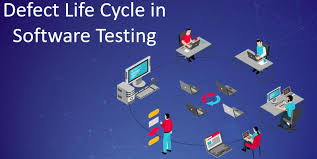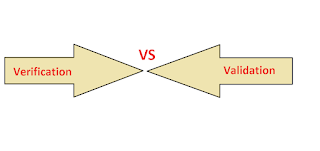When conducting web scraping, it's important to employ strategies to minimize the risk of getting blocked or encountering obstacles. Here are some tips to help you avoid being blocked while scraping:
Respect robots.txt: Check the target website's robots.txt file to understand the scraping permissions and restrictions. Adhering to the guidelines specified in robots.txt can help prevent unnecessary blocks.
Use a delay between requests: Sending multiple requests to a website within a short period can raise suspicion and trigger blocking mechanisms. Introduce delays between your requests to simulate more natural browsing behavior. A random delay between requests is even better to make the scraping activity less predictable.
Set a user-agent header: Identify your scraper with a user-agent header that resembles a typical web browser. This header informs the website about the browser or device used to access it. Mimicking a real user can reduce the likelihood of being detected as a bot.
Limit concurrent requests: Avoid sending too many simultaneous requests to a website. Excessive concurrent requests can strain the server and lead to blocking. Keep the number of concurrent requests reasonable to emulate human browsing behavior.
Implement session management: Utilize session objects provided by libraries like Requests to persist certain parameters and cookies across requests. This helps maintain a consistent session and avoids unnecessary logins or captchas.
Rotate IP addresses and proxies: Switching IP addresses or using proxies can help distribute requests and make it harder for websites to detect and block your scraping activity. Rotate IP addresses or proxies between requests to avoid triggering rate limits or IP-based blocks.
Scrape during off-peak hours: Scraping during periods of lower website traffic can minimize the chances of being detected and blocked. Analyze website traffic patterns to identify optimal times for scraping.
Handle errors and exceptions gracefully: Implement proper error handling in your scraping code. If a request fails or encounters an error, handle it gracefully, log the issue, and adapt your scraping behavior accordingly. This helps prevent sudden spikes in failed requests that may trigger blocks.
Start with a small request volume: When scraping a new website, begin with a conservative scraping rate and gradually increase it over time. This cautious approach allows you to gauge the website's tolerance and adjust your scraping behavior accordingly.
Monitor and adapt: Keep track of your scraping activity and monitor any changes in the website's behavior. Stay attentive to any warning signs, such as increased timeouts, captchas, or IP blocks. Adjust your scraping strategy as needed to avoid detection.
Remember, even when following these precautions, there is still a possibility of encountering blocks or restrictions. It's important to be mindful of the website's terms of service, legal considerations, and the impact of your scraping activities.
Copy Rights Digi Sphere Hub

























